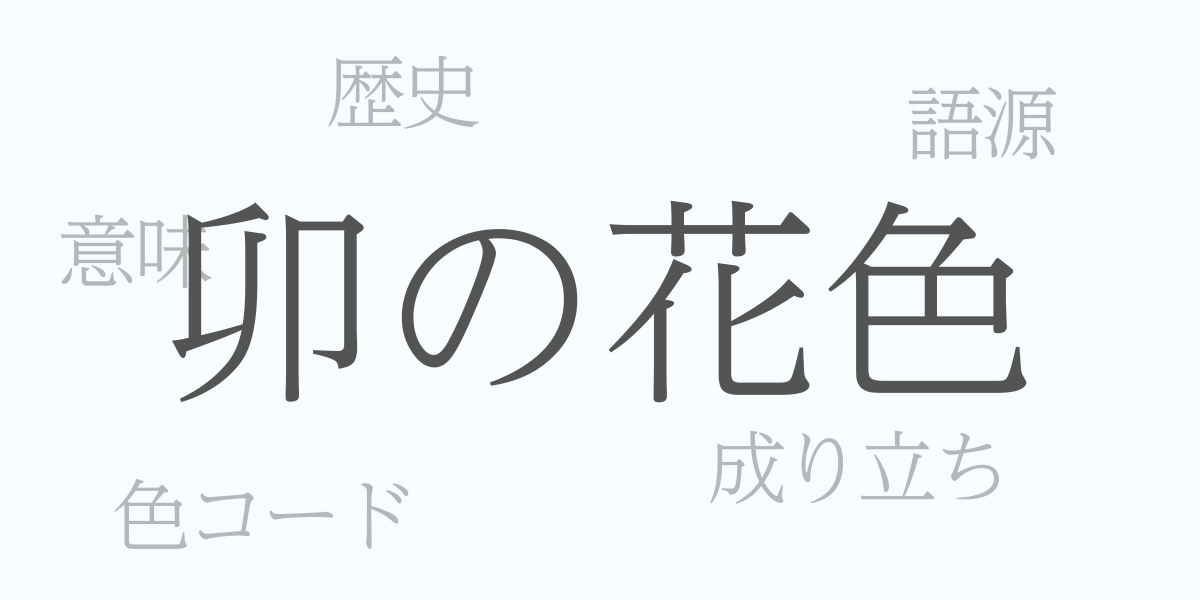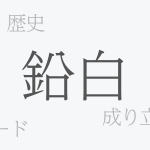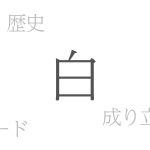Traditional Japanese colors have enchanted people worldwide with their unique shades and rich cultural meanings. Among these, “Unohana-iro (卯の花色 – うのはないろ)” is celebrated for its gentle hue, symbolizing the essence of Japanese spring. This article delves into the allure of Unohana-iro, exploring its history, color codes, and its Western names, while unraveling the cultural tapestry woven by this beautiful color.
About Unohana-iro (卯の花色 – うのはないろ)
Unohana-iro, a pale pinkish-white color, draws inspiration from Japan’s natural landscapes. The name comes from the spring-blooming U-no-hana (Deutzia), whose soft hues have long soothed the Japanese spirit. This color is utilized in decorations, traditional garments, and modern interior design, playing a crucial role in conveying Japanese aesthetic values to contemporary contexts.
The History of Unohana-iro
The popularity of Unohana-iro in Japan dates back to the Heian period, an era when nobles cherished the changing seasons and embedded seasonal awareness into the culture. Unohana-iro emerged as a herald of spring, eventually finding its way into the color palette of kimonos and classical literature. This enduring shade remains deeply intertwined with the Japanese sense of beauty.
Color Codes for Unohana-iro
In digital design and web production, accurate color reproduction of Unohana-iro requires specific color codes. Below are the primary codes for representing Unohana-iro:
- HEX: #F7FCFE
- RGB: R:247 G:252 B:254
- CMYK: C:3 M:1 Y:1 K:0
Western Names for Unohana-iro
In the West, Unohana-iro is often referred to as “Pale Pink” or “Cherry Blossom Pink.” These names capture the delicate pink nuances of Unohana-iro, allowing it to be appreciated and utilized in international design contexts.
Summary of Unohana-iro
Unohana-iro, reminiscent of spring’s Deutzia blossoms, offers a soothing touch to our hearts. Cherished since the Heian period, this traditional color continues to be valued in modern design and fashion. With the knowledge of its color codes, it is possible to incorporate Unohana-iro into creative projects, bridging the gap between traditional Japanese aesthetics and contemporary artistic expressions. Let’s continue to cherish and pass on the gentle beauty of Unohana-iro.

























